Globally, Green Hydrogen is cost-competitive to grey hydrogen and is expected to be significantly cheaper than grey hydrogen by the year 2030.
It is projected to be a substantial traded commodity and displace coal and petroleum owing to the insatiable demand for clean energy in the coming years. Green Hydrogen is expected to grow continuously for the next 50 years – several global energy players have announced large Hydrogen projects to be completed by 2030.
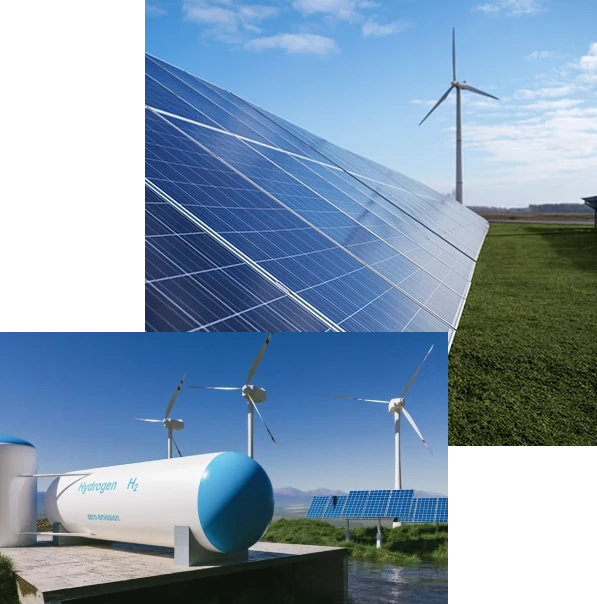
The International Energy Association (IEA) has found that the electrolysis method of obtaining green hydrogen can save 830 million tonnes of CO₂ emitted annually when hydrogen is produced using fossil fuels. It is thus, the smartest solution to our present and future energy needs.
Sustainability is beneficial from both short-term and long-term perspectives, and sustainable energy is the need of the hour to give both the present and our future generations sustainable lives and a clean environment. Decarbonization of energy and other industries, through clean energy resources and renewable processes, is an imperative for sustainable living.



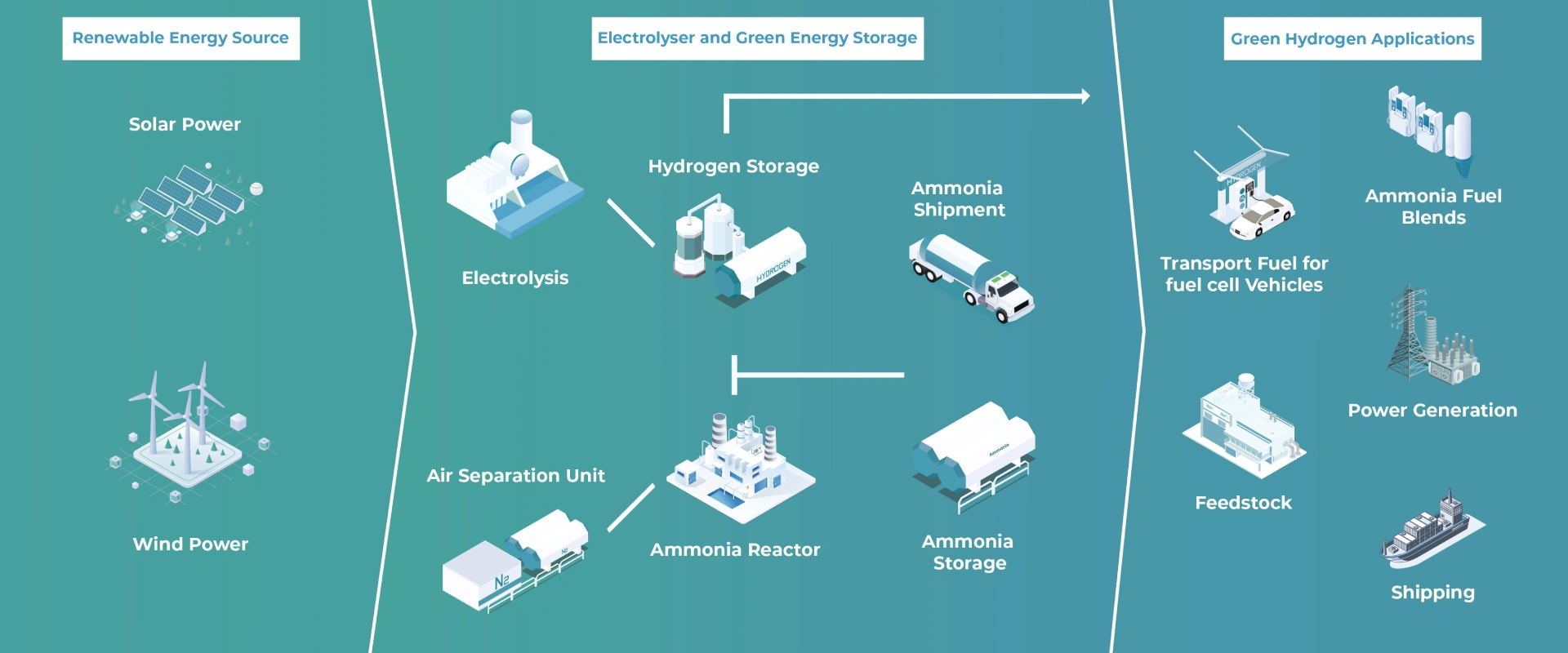
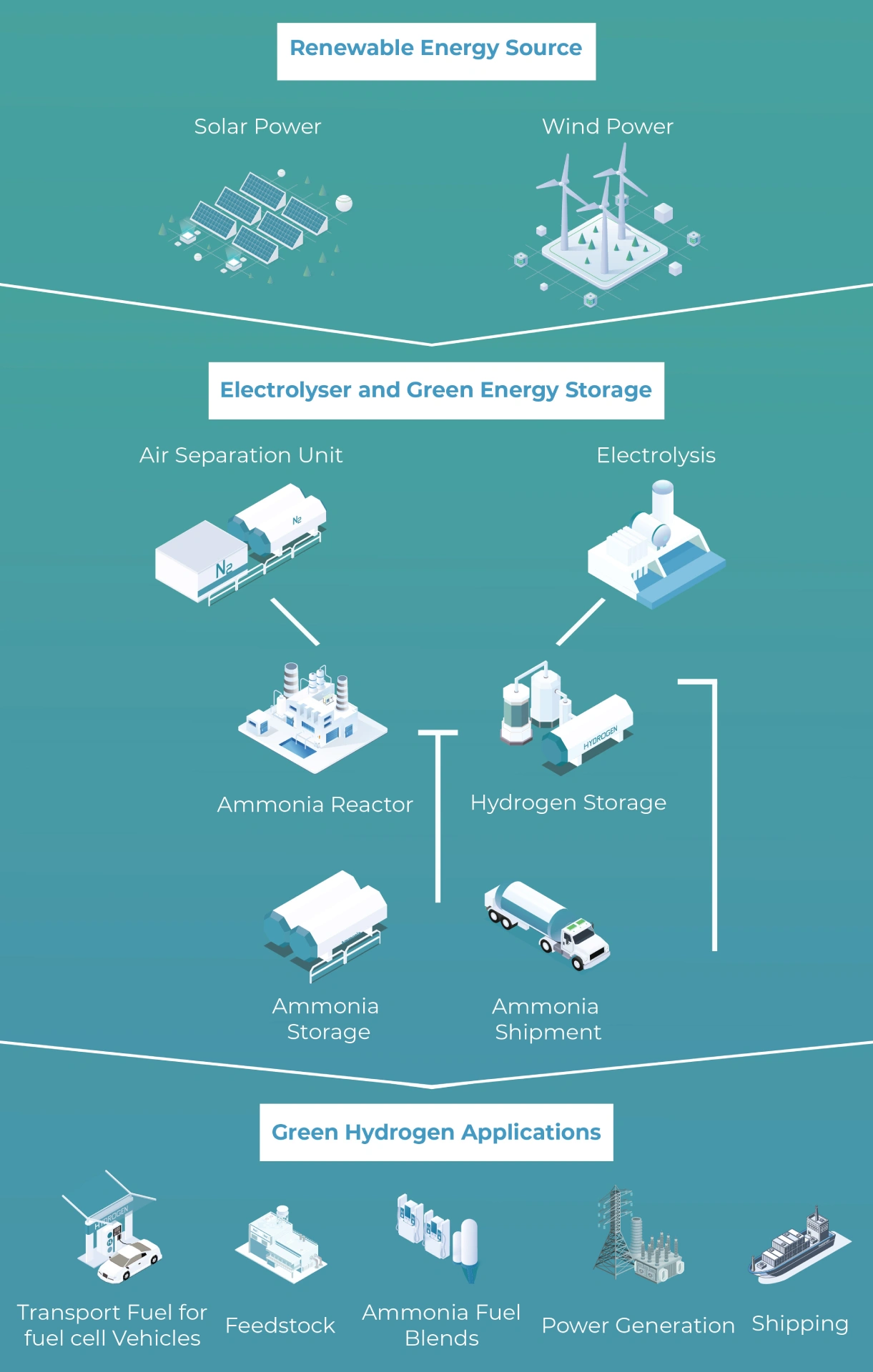
Green Hydrogen, generated from the electrolysis of water, is certainly
one of the keys to unlocking a sustainable future.
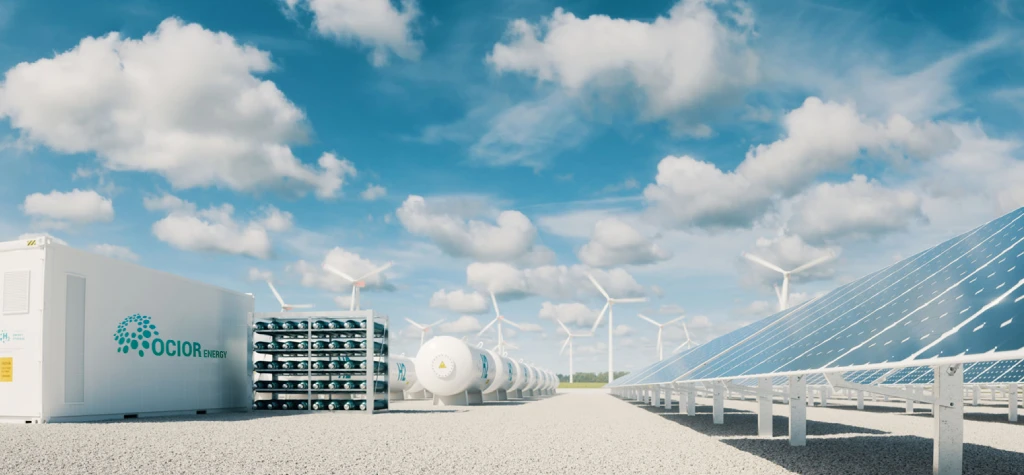
Industrial decarbonization is the phasing out of fossil fuel based technology and supply chains that produce harmful greenhouse gas emissions from all aspects of the industry without compromising their contribution to global economy and prosperity. The steel and chemical industry each currently contribute 10% of the total greenhouse gas emissions across the world and this can be turned around with GH₂.
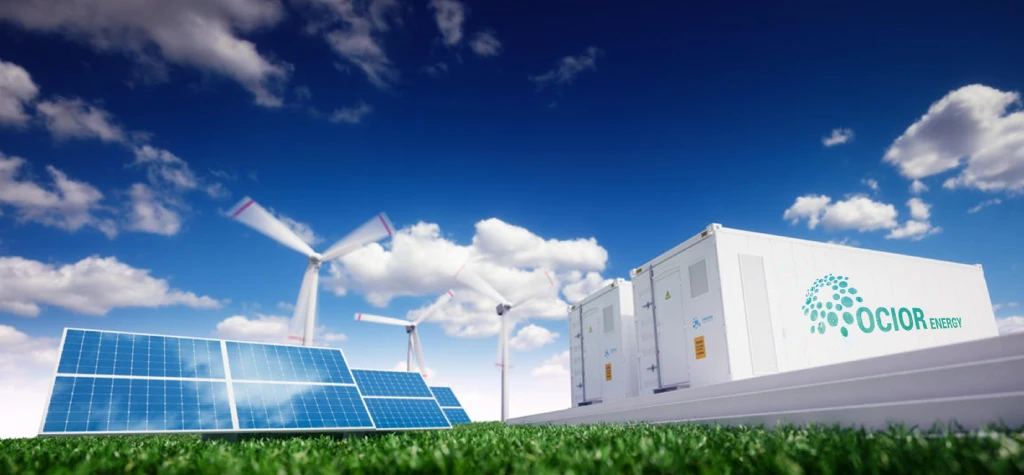
Sustainable, heavy-duty trucks running on GH₂ are the most obvious application for the initial deployment of hydrogen-powered fuel cells. This initiative includes three areas of action – development of FCEVs, establishing either localised or centralised hydrogen production, and ensuring reliable supply and storage at all re-fuelling stations.
The shipping industry is also expected to start making the shift from diesel to green hydrogen derived sustainable fuels.

There are already several projects underway to make Green Hydrogen replace both the natural gas and coal for domestic use and power generation. There are still several challenges to this – government policies, safety, technology, production costs, and enabling infrastructure. However, these obstacles are expected to be overcome in the medium term as we march towards a sustainable future.